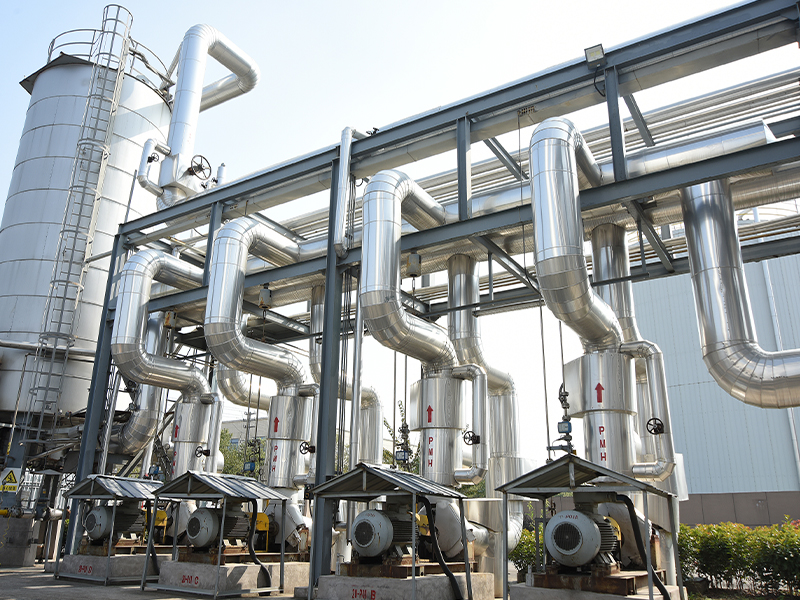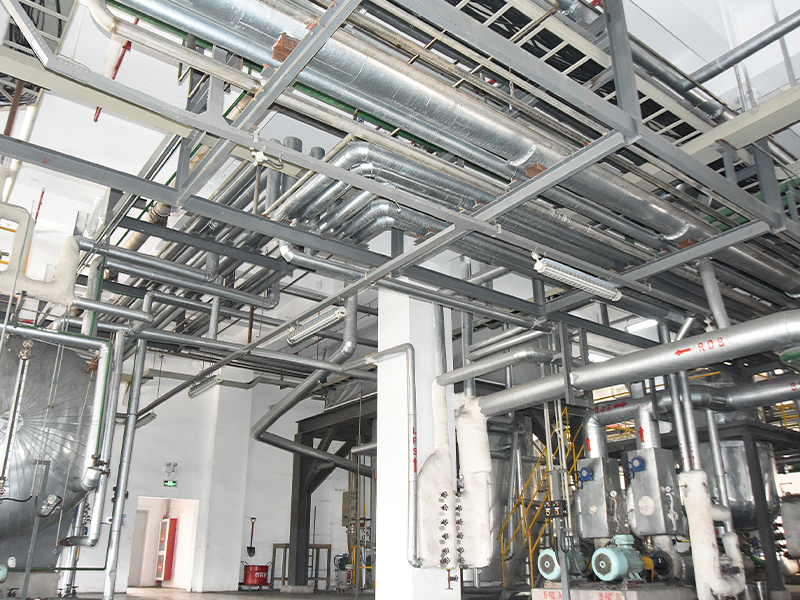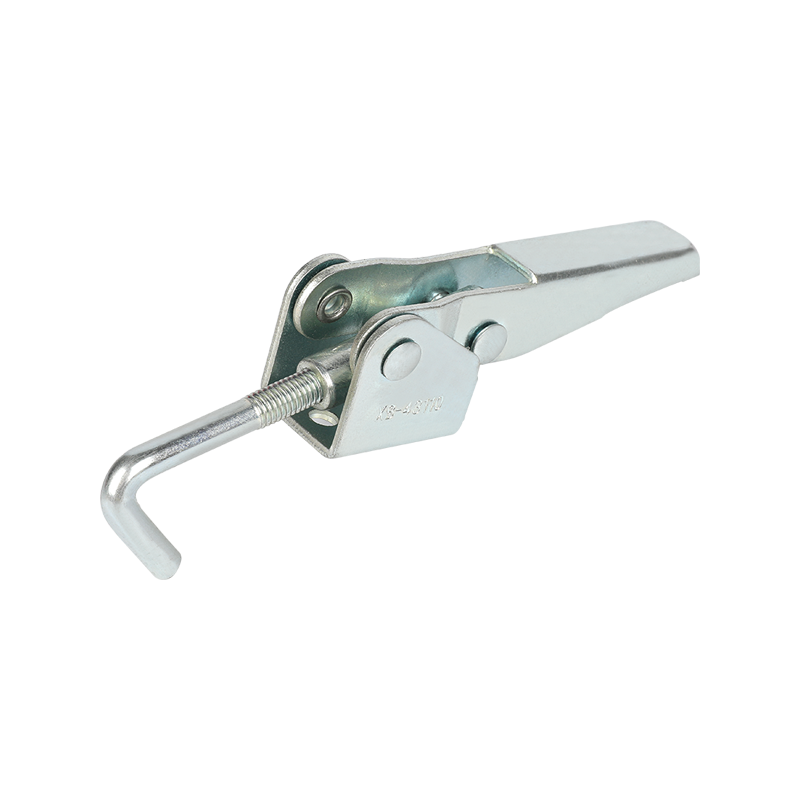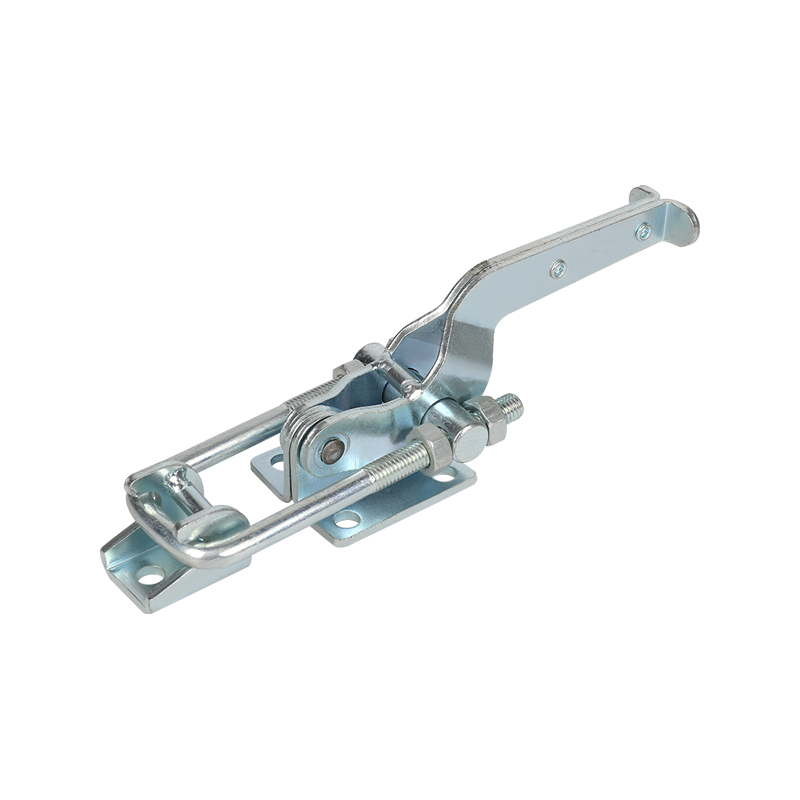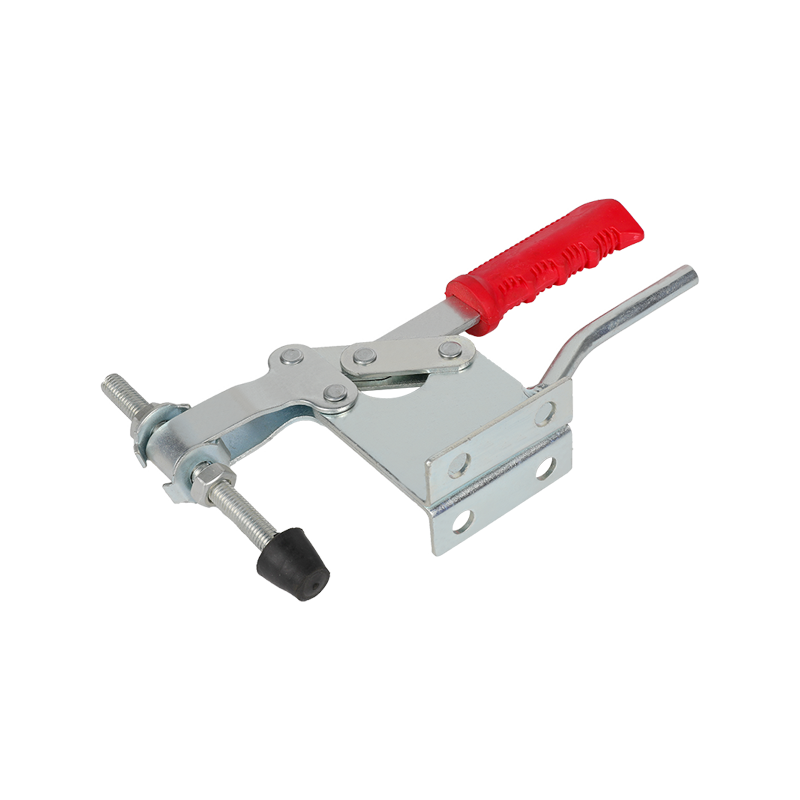1. Overview of the spring clamping force mechanism
One of the core components of C-type quick clamps is the spring. With its unique elastic properties, the spring can deform when subjected to external force and return to its original shape after the external force is removed. In the clamp design, the spring is cleverly placed between the clamp arms. When the clamp arms are closed, the spring is compressed and stores energy, which is then converted into a clamping force on the workpiece.
2. Spring preload adjustment principle
The elastic force of the spring, that is, its clamping force on the workpiece, can be changed by adjusting the preload of the spring. Preload refers to the degree to which the spring is pre-compressed or stretched during installation or adjustment, which directly determines the initial elastic force of the spring in the working state.
In C-type quick clamps, adjusting the spring preload usually requires disassembling part of the clamp structure to directly access the spring and operate it. This step may involve loosening the fixing screws, removing the cover or adjusting the components. Although this process is relatively complex, it provides users with a direct and precise means of adjustment, allowing them to adjust the clamping force according to specific needs.
3. Adjustment complexity and advantages analysis
Although the process of adjusting the spring preload is relatively complex, it does not prevent it from becoming an extremely effective way to adjust the clamping force in C-type quick clamps. Its complexity is mainly reflected in the following aspects:
High operating accuracy requirements: In order to ensure the stability and reliability of the clamp after adjustment, the user needs to accurately control the spring preload, which usually requires the help of special tools and precise measurement methods.
The disassembly and reassembly steps are cumbersome: Before adjusting the spring preload, the user needs to carefully disassemble the relevant parts of the clamp and reassemble them after the adjustment is completed. This process is not only time-consuming, but also requires users to have certain professional knowledge and operating skills.
However, the complexity of this adjustment method also brings significant advantages:
Wide adjustment range: By adjusting the spring preload, users can adjust the clamp's clamping force within a fairly large range to meet the clamping needs of workpieces of different sizes, shapes and materials.
High adaptability: The spring clamping force adjustment mechanism enables the C-type quick clamp to adapt to various complex working environments, such as high temperature, high pressure or corrosive environment, providing users with greater flexibility and choice.
Long-term stability: Once the spring preload is correctly set, the C-type quick clamp can maintain a stable clamping force output during long-term use, thereby improving production efficiency and product quality.

 English
English Español
Español русский
русский